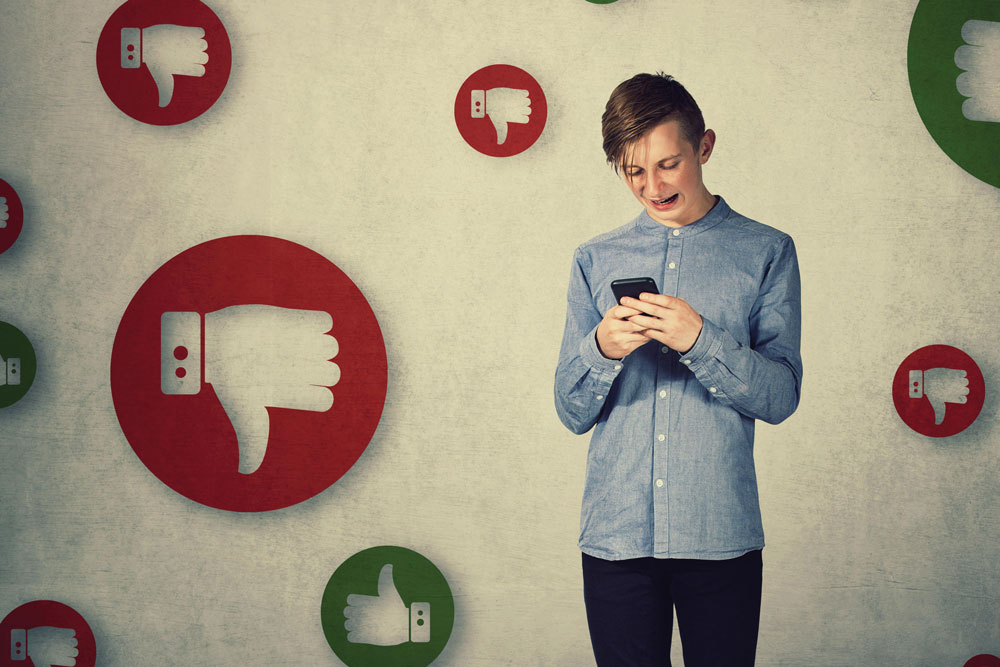
How peer pressure online is as much of an influence as it is in real life and applying it to your business strategy.
When you are conducting your marketing strategy using digital media, it is very helpful if you take real life psychology into account as well. Peer pressure seems to be something that stays with a person from kindergarten, through to adulthood and even rears its head on social media.
Social media is almost like putting human nature under a lens and focusing it. This is because the amount of people who are interacting at one time takes socialising to the next level. When there are 1.7 million followers on Ashton Kutcher’s Twitter, it means that a massive amount of people are seeing the same information and sharing it on such a large scale, that all social and marketing methods before social media are dwarfed in comparison.
Social media like social politics in real life is as complicated in terms of how people are persuaded and why. As a business person looking to use digital media as a means to market your brand, you will be duly concerned with how to capture people’s responses in the direction that will lead to an increase in your revenue.
The Like button on Facebook is a powerful tool for marketers according to some research done by HP Labs. HP Labs computers scientists, including online behaviour researcher, Bernardo Huberman, asked 600 participants to answer a few simple questions about online photos. Each participant had to choose between two pictures and make a choice, for example which poster they preferred out of the two.
The test was rigged so that whichever one they chose, the other picture would show that is was more popular by receiving more Likes. The participants were then given the opportunity to change their minds. This resulted in a change in the number of Likes each picture got, and the participant was subjected to waiting for a different length of time before making a choice which affected the final decision.
This shows that the Like button and essentially what is popular can sway a person’s decision in preference and choice. Time is also of the essence in social media politics as it is in all areas of digital media as we live in a very ‘of the moment’ relevant era.
The result of this experiment was 22% of people were swayed by the peer pressure. However, this was true, only if there was a long gap between the first and second chance. Given the chance to change their mind straight away, only 14% of participants did so.
More interesting though is that people were more likely to change their mind if the participants on the other side showed the picture to only be semi popular. If the other option showed a really strong opposition, the participant on the other side would become stubborn and keep their original choice when it came to their second chance.